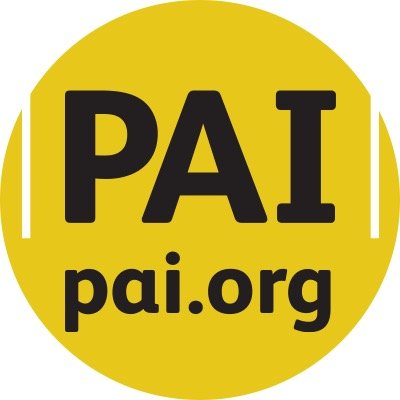Nutrition
Over 75 percent of the population in rural and peri-urban areas in South Sudan rely on agriculture for their livelihoods. With the outbreak of conflict starting at the end of 2013, the country has seen large-scale displacement, loss of livelihoods and an economic crisis that resulted in widespread food insecurity and malnutrition. This has been further exacerbated by severe drought, low coverage of essential services, livestock diseases, inadequate hygiene and poor infant and young child feeding practices. The upsurge in violence since July 2016 further devastated crop production, including in previously stable areas.
High levels of food insecurity leave many children hungry, while the food they have access often don’t contain all the essential nutrients needed to help them grow and develop. Frequent diarrhoea, due to poor access to clean water and sanitation further aggravates the situation. The majority of the population live far from a health facility, making early detection and treatment of malnutrition challenging.
Soaring inflation and market failure also hit areas where people traditionally relied on markets to meet their food needs. Urban populations were struggling to cope with massive price rises on basic food items.
In order to fight malnutrition in the Country, Impact Health Organization undertakes the following activities;
- Prevention of malnutrition through provision of specialized food, Prevention of malnutrition through behavior change communication, Prevention of micronutrient deficiencies;
- Early detection and treatment of girls and boys under 5 years of age and pregnant and lactating women affected by acute malnutrition, Monitoring visit;
- Promotion of community participation for a responsive nutrition service delivery, Support planning and roll out of population-based surveys, Improve facility-based data collection and management;
- Prevention, testing and treating for malaria among children under five years with acute malnutrition;
- Provision of WASH kits to children with SAM in nutrition sites;
- Establishing or maintaining demonstration kitchen garden at nutrition sites for or in the vicinity; Integration of child stimulation and ECD in the provision of care for children with SAM and MAM; Mainstreaming of child protection and GBV risk mitigation at nutrition sites.









